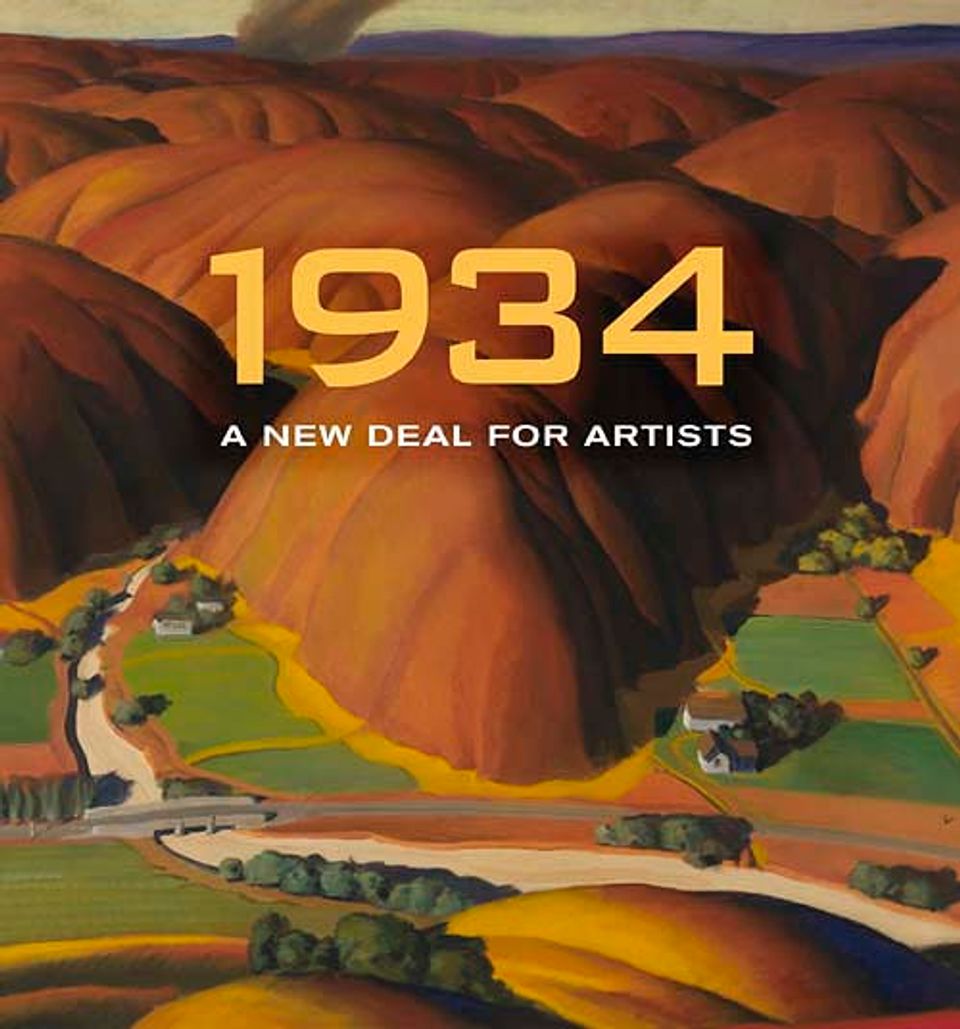Artwork Details
- Title
- Racing
- Artist
- Date
- 1934
- Location
- Not on view
- Dimensions
- 22 1⁄8 x 34 1⁄8 in. (56.2 x 86.6 cm.)
- Credit Line
- Transfer from the U.S. Department of the Interior, National Park Service
- Mediums
- Mediums Description
- oil on canvas
- Classifications
- Subjects
- Waterscape — boat
- New Deal — Public Works of Art Project — New Jersey
- Recreation — sport and play — racing
- Recreation — sport and play — boating
- Architecture — boat — sailboat
- Object Number
- 1965.18.9
Artwork Description
Artist Gerald Sargent Foster, an avid yachtsman, often depicted yacht races. He knew every rope and spar of these boats, but minimized such technical details to avoid distracting the eye from the clean geometric shapes that dominate the painting. The artist repeated and overlapped the streamlined hulls and taut sails of the boats, creating an elegant pattern silhouetted against blue sky and water. Yet the geometry is not cool and detached—every line and color speaks of the keen excitement of yacht racing. Even in the teeth of the Depression, this sport of New York's wealthy continued to be popular.
1934: A New Deal for Artists exhibition label















